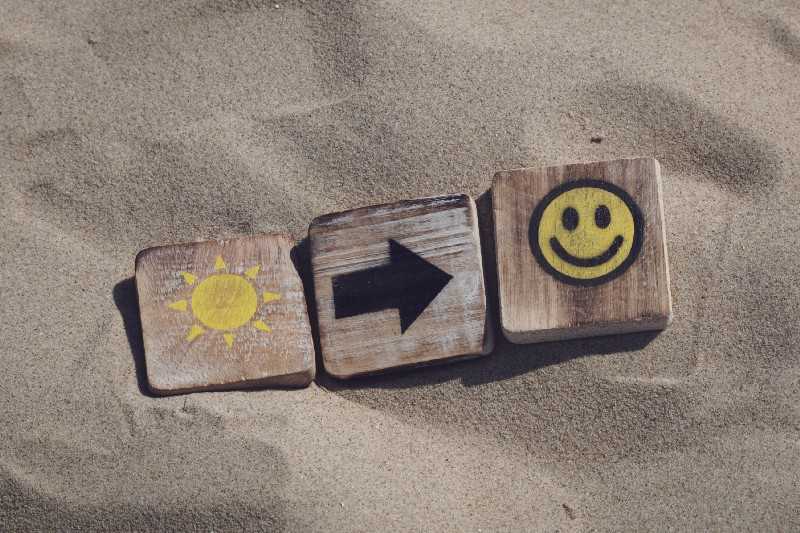Is Emoji a form of language?
It’s World Emoji Day! Or at least, it was, on the 17th of July. To commemorate, we thought of sharing some interesting facts about Emojis here.
The origins of Emoji
The term “emoji” is of Japanese origin and has the literal meaning of “picture character”. They are small graphic symbols equipped on the keyboards of most digital devices, nearly everybody has at some point used them to communicate with others.
What else is there that’s similar to Emoji?
- An emoticon is entirely text-based, where you can construct a small range of emotions out of colons, hyphens, brackets and even alphabets, like this : — ) , or this D :
- A kaomoji (lit. “face picture character) is similarly text-based, but otherwise makes use of the Japanese keyboard and the nuances in its alphabet. Slightly more complicated facial expressions can be conveyed, such as such as this (; ̄Д ̄) , or this (ノ_<。)
Again, harking back to the roots of emoji as a text-based form of communication, there are other new forms of symbol/graphic based communication in instant messaging applications that were inspired by emoji. Line is one such popular app in Asia, and one of their hallmarks is their stickers, which are bigger, more detailed, and sometimes even animated images used to convey one’s feelings.
On to the big question — Is Emoji a language?
Part of what makes this question difficult to answer is that defining whether or not a mode of communication qualifies as a language, as opposed to a dialect or a creole, is no simple task. For starters, you’ll have to monitor said mode of communication over a prolonged period of time in order to understand its transformation and utility in the society that it belongs to. In that aspect, emoji is used universally, but its meaning differs culture to culture. And emoji is a form of service, with symbols created by a select group of people within tech companies, as opposed to evolving organically by its users. After all, emoji is only “written” — typed on a keyboard — and never spoken out loud.
Mutual intelligibility, where both parties using the same language can easily grasp the meaning, is often used as an assessing criterion for defining language. This is disputable for emoji, despite how one would tend to assume that they’re pretty straightforward. How would you interpret the image above? “The sun makes me happy”? Or “summer makes me smile”?
So, there is the linguistic definition of language, but the word may also refer to metaphorical ones. French is often called the language of love. It is technically a Romance language, which means that it’d evolved from colloquial Latin during ancient Europe, but in modern times the meaning of the word has been modern usage has conflated the term with other notions of “romantic”, so much so that now, both language and country have become associated with love. Floriography, or the language of flowers, refers to the symbolic meanings behind different flower species’. The same flower can represent vastly different things depending on the context — carnations, for example, have always felt slightly morbid to me, as a flower that adorns Mother’s Day bouquets as commonly as they do funeral wreaths. This is the reason why, despite being technically incorrect, emoji is commonly referred to as a language.
The question of whether or not emoji constitutes as a language is very much a big and ongoing debate, but as things currently stand, we can tell you that there is no course for Emoji language learning on our website. Maybe you’ll care to pick up some Latin instead?
